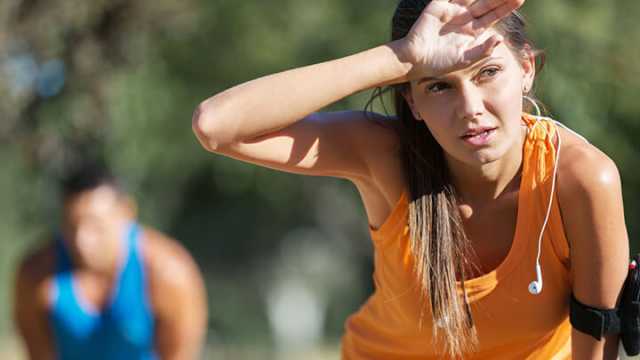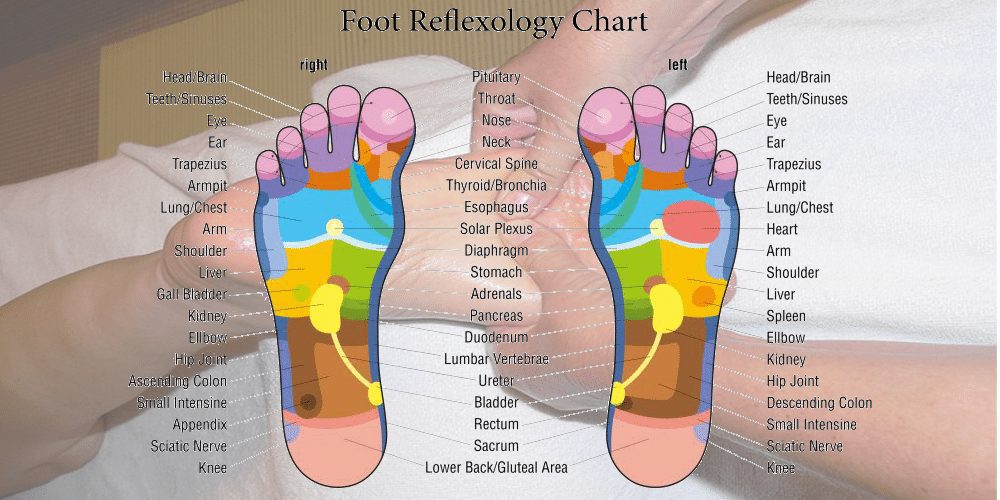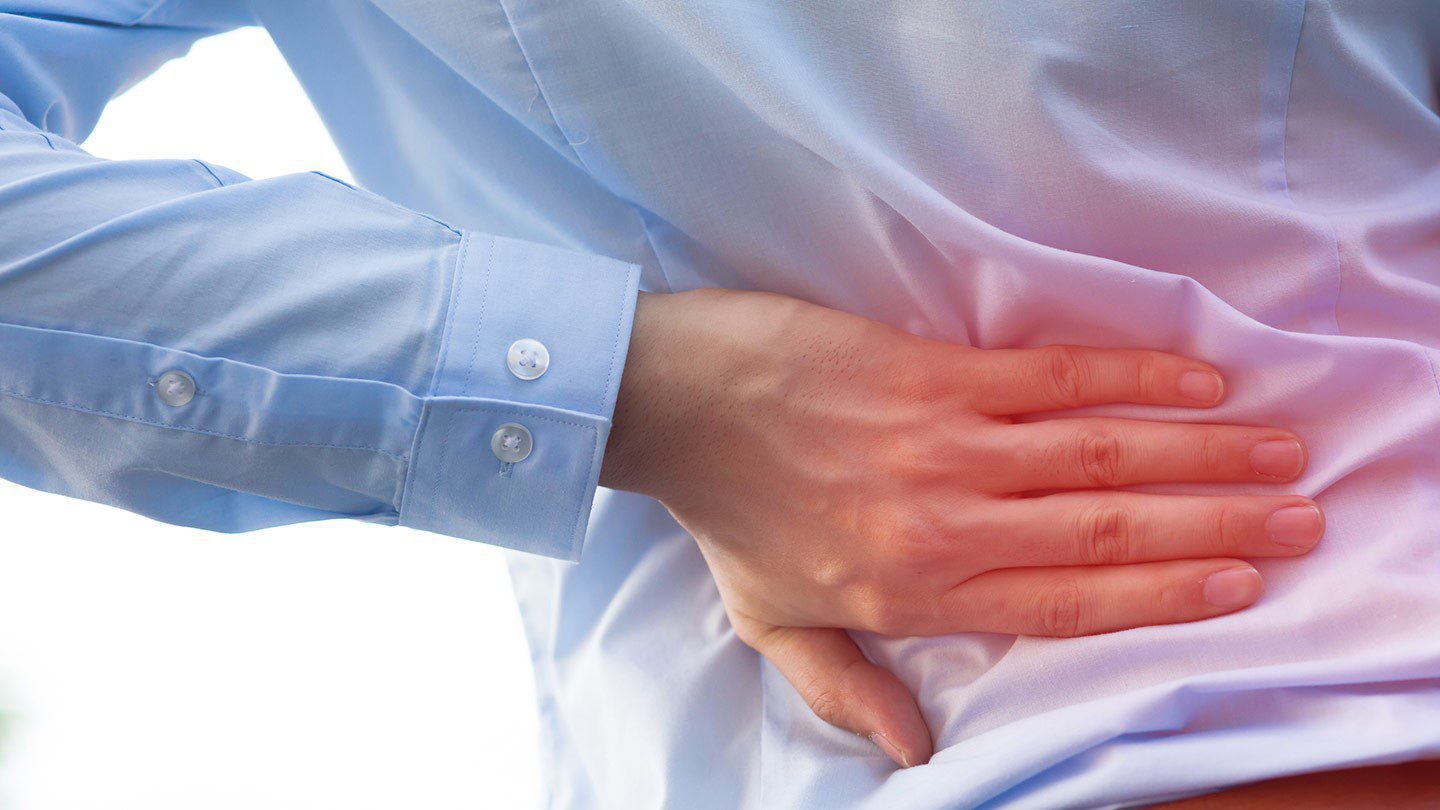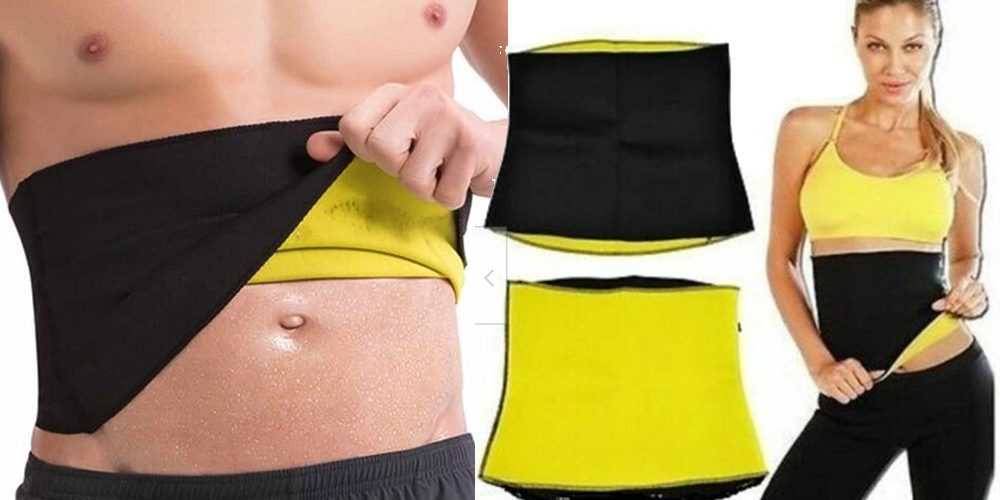It´s every parent’s dream to watch a child excel in sports, right? Alright, so maybe you’re more of a science fair kind of parent. Regardless, there comes a point in most kids’ lives where they announce their intent to play a sport.
Ah, sports. Organized sports are just so good for kids! They’ll learn all about teamwork, sportsmanship and even about the fact that not everyone gets a trophy. But, as you’re likely well aware, kids and sports sometimes means a trip to the Emergency Department. Broken bones, sprained ankles … heck, heat stroke and concussion. The last thing you want for your child is for sports to become dangerous.
Thankfully, there are ways you can keep your children safe as they play sports. Whether your child is a track star or a baseball All Star, there are risks your little Serena Williams will face. Here’s how to keep the injuries to a minimum.
Use Common Sense
Between the years of 1995 and 2015, there were 61 football players who died from heat stroke. Sadly, 46 of those football players were high school kids. In fact, only two were professional players – all others were college aged or younger.
That is an insanely tragic statistic. And every single one of those deaths could have been prevented by either cancelling the game, letting the kids rest or simply taking more frequent water breaks.
The moral of this story is this: use your common sense. That’s not only true for parents of would-be NFL players. It’s true for swimmers, hockey players and gymnasts, too. It’s simply a given that the safety of your child is more important than winning the game. Coach won’t cancel during inclement weather? Tell your kids they’ll just have to miss.
Provide Appropriate Equipment
Injuries come in all shapes and sizes. Your child could suffer something as simple as a twisted ankle to something as serious as paralysis. A vast majority of these injuries can be lessened by providing kids with the proper equipment for practice and gameplay.
When you think “protective equipment” you may think of shoulder pads, athletic cups or catcher’s gear. Each of those is a great example of equipment to keep your kids safe! However, you can go a step beyond bicycle helmets and knee pads.
Be sure that your child is outfitted with a properly fitting pair of shoes, whether they be riding boots, cleats or running shoes. Invest in a good pair of insoles to provide extra cushioning to your child’s feet and joints, and add stability to the fit of the shoe.
Reduce soreness after workouts by fitting your child with compression stockings or sleeves, if your doctor agrees it’s okay. And, for heaven’s sake, get your kid a nice big water bottle!
By no means should you “helicopter” your kid while she plays sports, but ensuring she has the tools she’ll need to stay safe will go a long way in preventing injury.
Get a Sports Physical
In most cases, your child’s school district will require that each participating child undergo a sports physical. However, even if that’s not the case, it’s strongly recommended that you do so anyway.
Talking with your child’s doctor about his or her physical readiness to participate in athletics will go a long way toward keeping your kid safe. Your pediatrician can make sure everything looks good, from bone health to blood panels, if necessary. You can also start a conversation about the risks associated with a particular sport, and how to reduce them.
In a worst case scenario, your doctor can point out concerns which may affect your child’s health or performance. For instance, heart conditions sometimes go undiagnosed until a child finds himself in distress. This is by no means intended to frighten you; however, covering all your bases means the unexpected is less likely to occur.
Teach Your Kids How to Warm Up
Whether you’re 7 or 97, warming up is critical to sports safety. Most coaches of organized sports will lead children through a warm up period which includes, say, jogging in place and jumping jacks and some stretching.
That said, it’s likely your child will exercise on his own sometimes. Your daughter will go run a few miles, or your son will shoot some hoops. For that reason, consider teaching your kids how to warm up before they exercise. Warmups are a great way to prevent injury, as well as muscle fatigue and soreness after a workout.
Teach Your Kids to Trust Their Bodies
If your kids are like most kids, they seem to be made of rubber. It’s incredible how kids can (literally) bounce back from just about anything, seemingly okay. We adults don’t have half the resilience of those young ones!
However, it’s easy for kids to get carried away. Children are quite competitive, and they may get “caught up” in the game, forgetting to read the signals their bodies are telling them. They may honestly and genuinely just not feel hot until it’s too late. They may not think through the repercussions of a leg cramp in the water.
Teaching your kids to know their limits and trust the signals their bodies send is one of the absolute best ways to keep kids safe while they participate in sports.
Many times, recreational and school sports coaches will require that kids attend practices and participate during those practices in order to be guaranteed game time. Unfortunately, for many coaches, it’s more about winning the game than looking out for the individual child.
Tell your child, in no uncertain terms, that it is okay to sit this one out if he’s in pain, or feeling too winded. It’s okay to respectfully ask his coach for an extra water break. Keeping your children safe during sports extends beyond just physically equipping them for the sport. Giving them permission to listen to their bodies can mean a much safer experience for your child.















